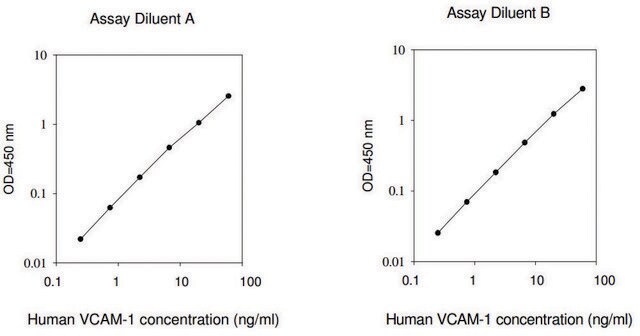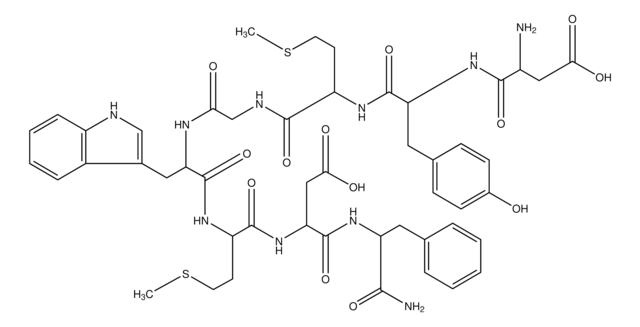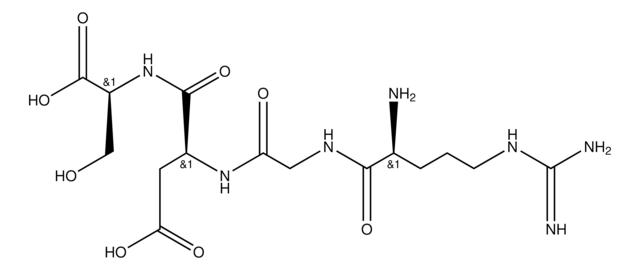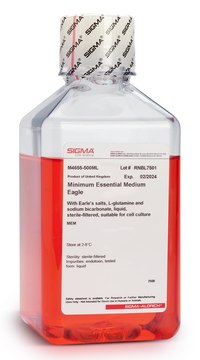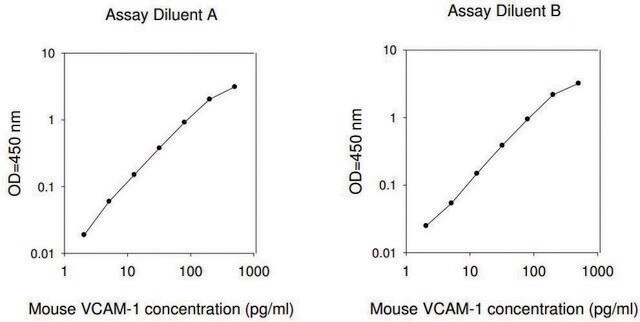T6515
Cholecystokinin Fragment 30-33 Amide
≥95% (HPLC)
Sinônimo(s):
CCK-4, Gastrin Tetrapeptide, Tetragastrin, Trp-Met-Asp-Phe amide
About This Item
Produtos recomendados
Nível de qualidade
Ensaio
≥95% (HPLC)
Formulário
powder
peso molecular
59670 g/mol
técnica(s)
toxicology assay: suitable
solubilidade
DMF: 20 mg/mL, clear, colorless to yellow
adequação
suitable for molecular biology
temperatura de armazenamento
−20°C
cadeia de caracteres SMILES
CSCC[C@H](NC(=O)[C@@H](N)Cc1c[nH]c2ccccc12)C(=O)N[C@@H](CC(O)=O)C(=O)N[C@@H](Cc3ccccc3)C(N)=O
InChI
1S/C29H36N6O6S/c1-42-12-11-22(33-27(39)20(30)14-18-16-32-21-10-6-5-9-19(18)21)28(40)35-24(15-25(36)37)29(41)34-23(26(31)38)13-17-7-3-2-4-8-17/h2-10,16,20,22-24,32H,11-15,30H2,1H3,(H2,31,38)(H,33,39)(H,34,41)(H,35,40)(H,36,37)/t20-,22-,23-,24-/m0/s1
chave InChI
RGYLYUZOGHTBRF-BIHRQFPBSA-N
Informações sobre genes
human ... CCK(885)
rat ... Cckbr(25706)
Procurando produtos similares? Visita Guia de comparação de produtos
Amino Acid Sequence
Descrição geral
Several biologically active fragments of the neuropeptide cholecystokinin (CCK) are present in the brain, where they interact with CCK-A and CCK-B receptors. Among these fragments, CCK-4 is notably abundant in the cortical and limbic brain structures. CCK-4, a bioactive form of cholecystokinin, is a peptide hormone that regulates food intake by binding to CCK receptors in the gut and brain.
Aplicação
Ações bioquímicas/fisiológicas
Embalagem
Nota de preparo
Código de classe de armazenamento
11 - Combustible Solids
Classe de risco de água (WGK)
WGK 3
Ponto de fulgor (°F)
Not applicable
Ponto de fulgor (°C)
Not applicable
Equipamento de proteção individual
Eyeshields, Gloves, type N95 (US)
Escolha uma das versões mais recentes:
Já possui este produto?
Encontre a documentação dos produtos que você adquiriu recentemente na biblioteca de documentos.
Nossa equipe de cientistas tem experiência em todas as áreas de pesquisa, incluindo Life Sciences, ciência de materiais, síntese química, cromatografia, química analítica e muitas outras.
Entre em contato com a assistência técnica